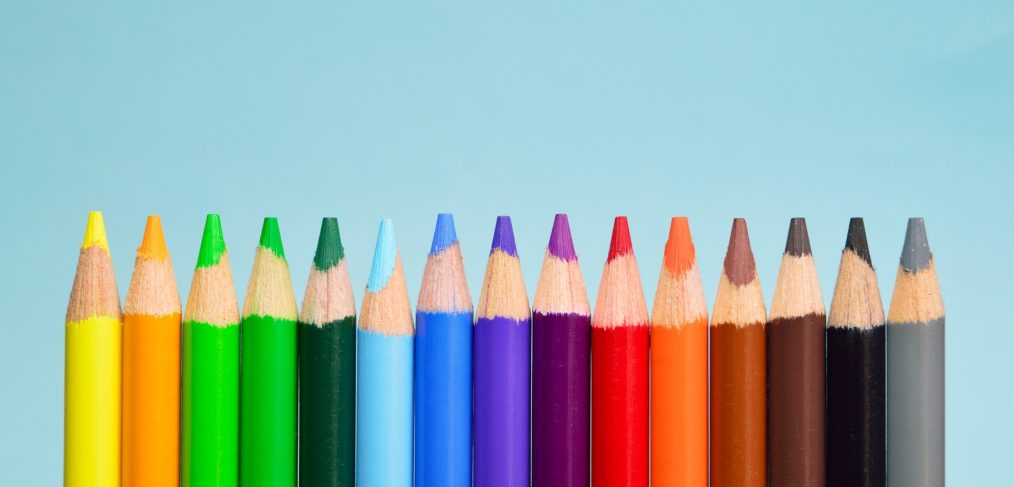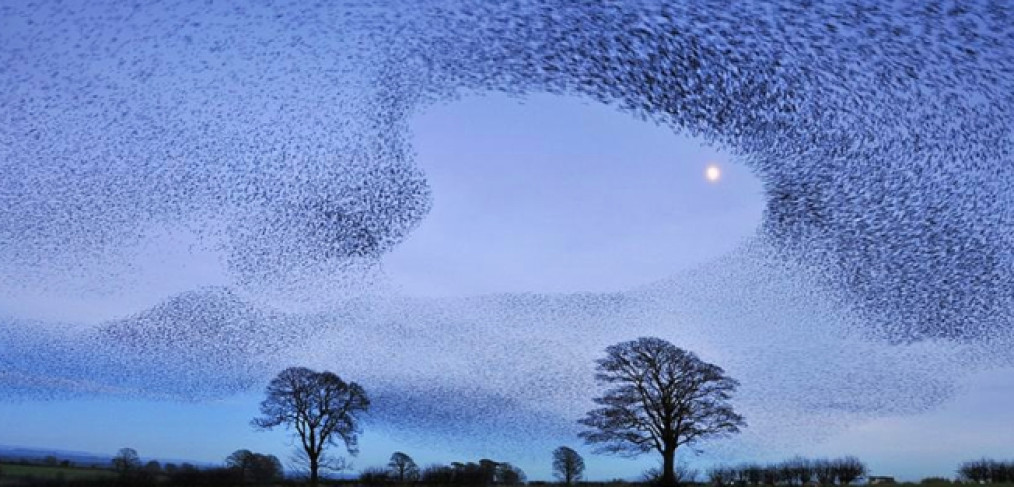Why is that we tend to be more successful at pursuits we are genuinely passionate about? Why does time seem to drag when you are completely bored and uninterested in a task? How come you can easily lose yourself in a task that really piques your interest?
According to positive psychology, doing things that you find genuinely interesting and stimulating can put you into a state Flow, which is defined as an ‘optimal state of consciousness where we feel our best and perform our best.’ During flow, self-awareness and the ego can dissolve, meaning you become completely focused and immersed in the activity for its own sake. Flow has been linked to enhanced performance and creativity across a wide range of activities, such as sports, artistic pursuits, and even in the workplace. Perhaps you can visualize a time when you became so focused and passionate about something that time just dissipated?
What Does Flow Feel Like?
Psychologically, riding a state of flow can feel incredibly pleasing and liberating. As we immerse ourselves in an activity that stimulates our passions, curiosity and interests, we lose track of the world around us and can enter unusual states of creativity and productivity.
According to psychologist Mikhal Csíkszentmihályi’s landmark book Finding Flow: The Psychology of Engagement with Everyday Life, the feeling of flow is associated with these ten factors, although not all of them need to be present to experience it. Have you ever experienced some or all of these?
- You feel a complete focus of attention
- The activity is intrinsically rewarding
- You have clear, attainable (although still challenging) goals
- You have a feeling of peace and losing yourself
- There is an element of timelessness, or, losing track of time during the activity
- You receive immediate feedback
- You know that the task is doable, and you can strike a balance between skill level and the challenge presented.
- You feel a sense of personal control over your efforts
- You lose track of your physical needs.
- You experience an unusually high level of concentration
What Does Flow Look Like in the Brain?
A variety of processes occur simultaneously in the brain when we enter a state of flow. Essentially, these processes are threefold and together they help explain why during flow, the brain is capable of enhanced creativity and productivity: Transitions in brainwaves, deactivation of the prefrontal cortex, and changes in neuro-chemistry.
- Brain Wave Transitions:
While in a state of flow, our brainwaves transition from the more rapid beta waves of waking consciousness to slower alpha waves, and even to the border of much slower theta waves. Alpha waves are associated with relaxed and effortless alertness, peak performance and creativity, while theta waves are associated with the deeper dream-state consciousness and experienced predominately during REM sleep.
- Pre-Frontal Cortex Deactivation:
During flow states, the Pre-Frontal Cortex (PFC) becomes deactivated in a process called “transient hypo-frontality.” The PFC is the area of the brain that houses higher-level cognitions, including those that help us to cultivate our ego and sense of self. During a flow state this area becomes deactivated, helping us lose ourselves in the task at hand and silence our criticisms, fears and self-doubts.
- Neuro-Chemistry:
Flow states also trigger a release of many of the pleasurable and performance- inducing chemicals in the brain, including dopamine, serotonin, norepinephrine and endorphins. A 2014 study shows that when are intrinsically curious about an outcome and driven for answers, dopamine is released in the brain, helping to solidify our memories. These findings suggest why flow states are good for promoting learning and memory in addition to creativity.
Eight Steps for Enhancing Your State of Flow
In addition to being a pleasurable and productive experience, riding the flow also has a host of other benefits to well-being including increased self-esteem, self-confidence, life satisfaction and overall happiness. Here are eight steps for enhancing your state of flow:
- Do Something that Interests You.
Flow comes most naturally when we are intrinsically motivated, excited and curios about the task. So if you are looking to get creative and productive, choose to focus on a task that you enjoy and already feel passionate about. If this is for work, or you don’t have a choice of the task, try to identify elements of the tasks that excite you. Maybe there are certain parts of project or elements of an assignment that interest you? Pay special attention to those.
- Set Clear Goals.
Be specific when you are getting started on a task. What is the goal you are aiming for? Are you trying to finish a painting? Write a new song? Complete a presentation? Or perfect a new yoga pose? This will help to hone your focus and keep you on task. If you try to do too much it could overwhelm you, and if you do too little you might not spend enough time in deep concentration to reach a flow state.
- Find A Quiet and Productive Time.
Most people find that an environment of peace and quiet works best for inducing a state of flow, possibly because of how brainwave patterns shift into slower frequencies during flow. When you begin your work, try to cultivate a calm, quiet environment. Also, make sure to identify when you are most productive: For some, this is first thing in the morning, and for others it is afternoon. For me, it is late at night. Identify the right time for you to be creative and block it off to engage in your flow time.
- Avoid Interruptions and Distractions.
Interruptions are the nemesis of flow. Every time get distracted, whether it is a roommate speaking to us, our phone beeping, emails coming in, a distracting song, or a messy desk, it can pull us out of flow and quicken our brainwaves to beta state. When you decide it is time to get into flow, turn off the phone, ask your friends, family or roommates not to disturb you, and tidy up your work space before you get started.
- Focus as Long as You Can.
Once you are able to sit down during a quiet productive time without distractions, try to stay focused for as long as you can. At first, especially if you are new to the task, you may only be able to focus for five or ten minutes. This is OK: Just keep practicing! As you continue to direct your energies to focusing, you will train your brain to more easily and fluidly drop into the flow state and before long, hours will be passing by like minutes.
- Match Your Skills to the Task.
We can best enter flow when we are working on a task that is suited to our skill level. In other words, when we are well prepared for the task at hand, we are more likely to experience flow. Csíkszentmihályi gives the example of a runner experiencing flow during a marathon for which she has trained for several months.
- But There is No Harm in Stretching Your Skills Slightly.
Your skills should match the task at hand, but it is also possible to stretch your skills slightly past your comfort zone to maximize flow. A little bit of a challenge can be a great thing. So perhaps you are trying a new yoga move that is extra difficult. Or you are recording a song using new software. As long as the background skills are there, pushing yourself a little bit can be excellent for bringing you into a concentrated, productive state.
- Emphasize Process, Not Outcome.
Finally, please remember that the experience of flow is a PROCESS, not an outcome. In other words, working and creating from a place of flow is a life skill that you can strive to master with practice, and this usually does not happen overnight. Just keep trying and do not give up even if you don’t nail it right away. Remember, flow is all abut enjoyment and living in the present moment. If you become to wrapped up in the outcome, then it can take your enjoyment away. Who really cares what the painting looks like, so long as you enjoyed painting it right!? Just keep trying and continue to be open to the creativity flowing through your space.
Author: Dr. Kelly Neff – Wake Up World
Follow us on Facebook!



